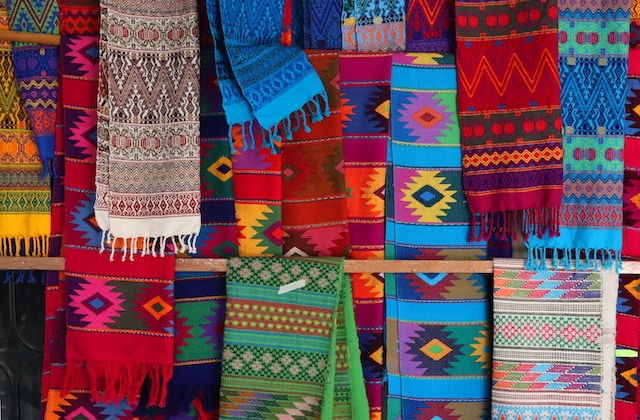what does seeing a coyote mean in native american
History of blue dye in Native American rug making
The coyote holds great significance in Native American culture as a symbol of transformation and adaptability. When one sees a coyote in Native American beliefs, it is often seen as a sign of impending change or the need to adapt to new circumstances.
Coyotes are known for their cunning and ability to navigate different environments with ease. Their presence is believed to bring about a shift in one's life, whether it be through personal growth or adaptation to external challenges. In many tribes, the coyote is seen as a trickster figure who tests individuals' resilience and resourcefulness.
Although seeing a coyote may initially invoke fear or uncertainty, it ultimately serves as a reminder of the power of transformation and the importance of being adaptable in life. By embracing change and facing challenges head-on, one can harness the transformative energy of the coyote and emerge stronger on the other side.
In essence, seeing a coyote in Native American culture is not just about encountering a wild animal; it is about recognizing the potential for growth and evolution within oneself. Just as the coyote navigates its surroundings with grace and cunning, so too can individuals learn to navigate their own paths with resilience and adaptability.
